Sustainable urban mobility is essential to achieving a true green transition. While Europe and Latin America face different social and economic realities, cities like Madrid, Barcelona and Bilbao offer valuable lessons that can inspire action across Latin America.
Collaborative governance, technology, and a citizen-first approach are powerful tools to reshape urban mobility.
Read more: Low Emission Zones in Spain: Challenges, Progress and State Support
Partnership and Planning: Keys to Sustainable Urban Mobility
One of the main takeaways is the relevance of public-private collaboration to implement transport strategies.
In Madrid, government efforts to simplify regulations and align environmental policies are enabling greater private sector engagement — a model that could guide Latin American cities in improving implementation capacity.
Sustainable urban mobility also hinges on innovation. Spanish firms like Moeve and Iberdrola are combining electrification, hydrogen and digital tools —an approach that Latin America can adapt through context-specific, scalable solutions.

Citizens as the Core of the Mobility System
Spain’s user-centric approach offers further inspiration. Proposals such as integrated ticketing across multiple transport modes can help reduce access barriers and encourage public transport use — a priority for Latin American cities struggling with long commute times and fragmented networks.
Other policies, like fleet electrification, pedestrian zones and car use reduction, show that impactful change doesn’t always require huge budgets.
In fact, good urban planning, political will and public awareness can drive progress, even in resource-constrained settings.
Latin America and Spain share the same end goal: to build healthier, more efficient, and environmentally sound cities. Learning from successful models is a step toward accelerating that journey.







